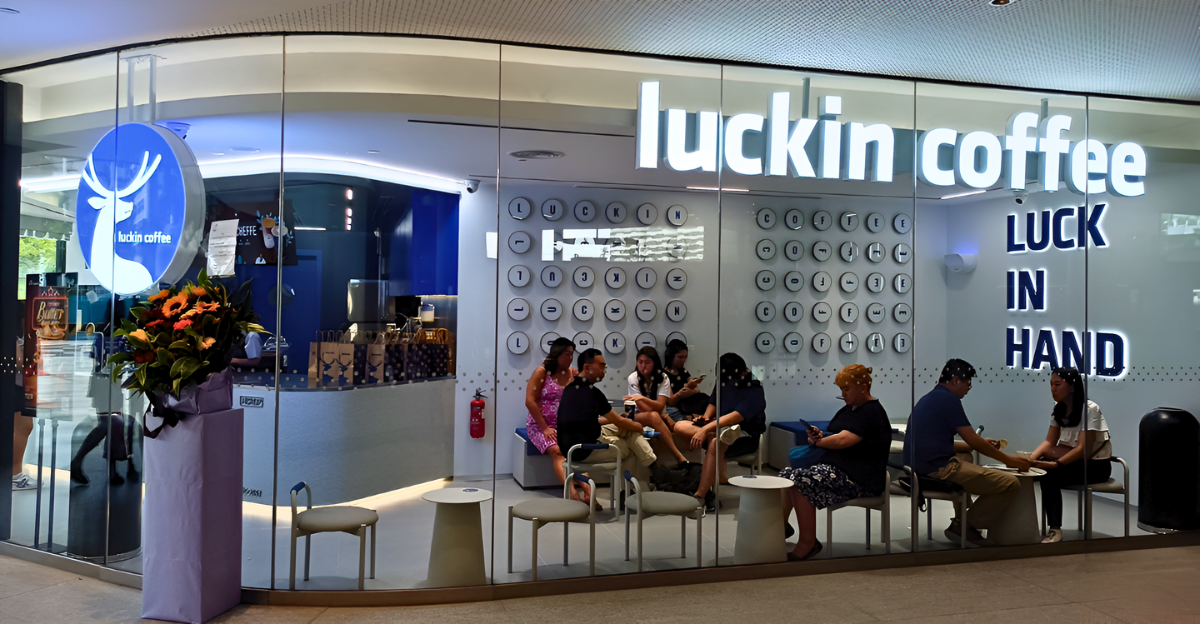
The U.S. coffee shop landscape is experiencing a seismic shift as China’s Luckin Coffee makes a bold entrance, targeting America’s major cities with an aggressive scaling model. According to Reuters, “Luckin has recently set ambitious plans for U.S. market penetration.”
“We see untapped demand and aim to bring value-oriented innovation,” said Guo Jinyi, Luckin’s CEO, in a press interview. Industry analysts agree this rivalry could reshape the American coffee scene.
Market at Stake
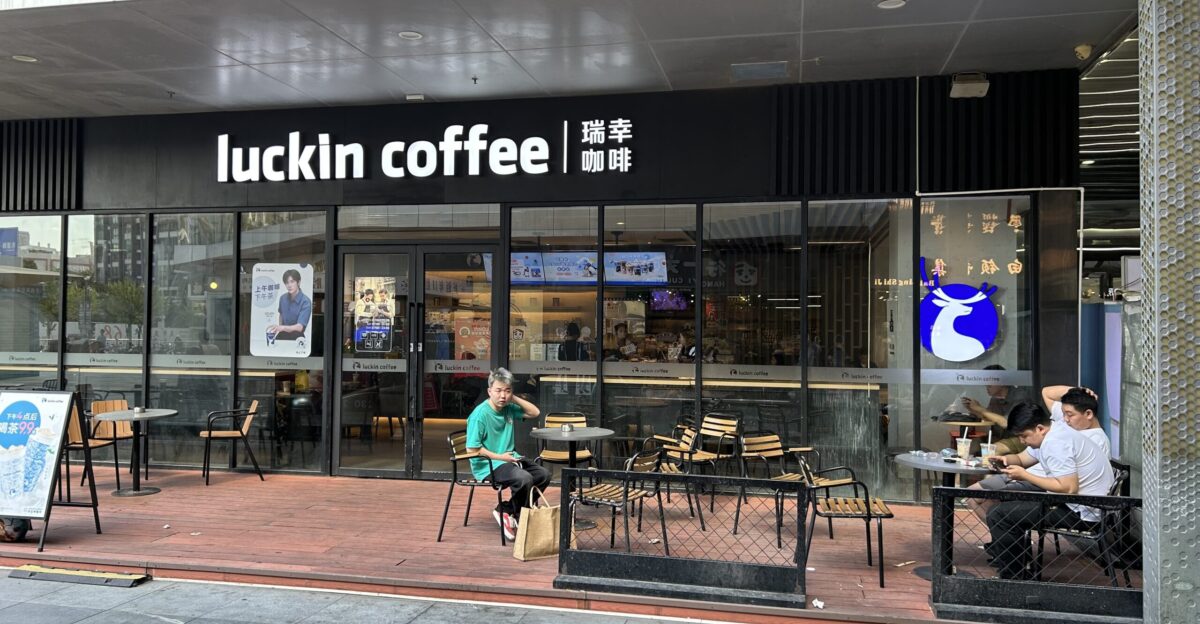
America’s coffee market is projected to reach nearly $91 billion this year, drawing fierce interest from domestic and global players. CNBC notes the “U.S. market is the largest and most competitive globally.”
As industry expert Sara Eisen comments, “With every percentage point gained, millions in revenue shift.” Starbucks now faces direct threats to its lucrative share.
Starbucks’ Legacy
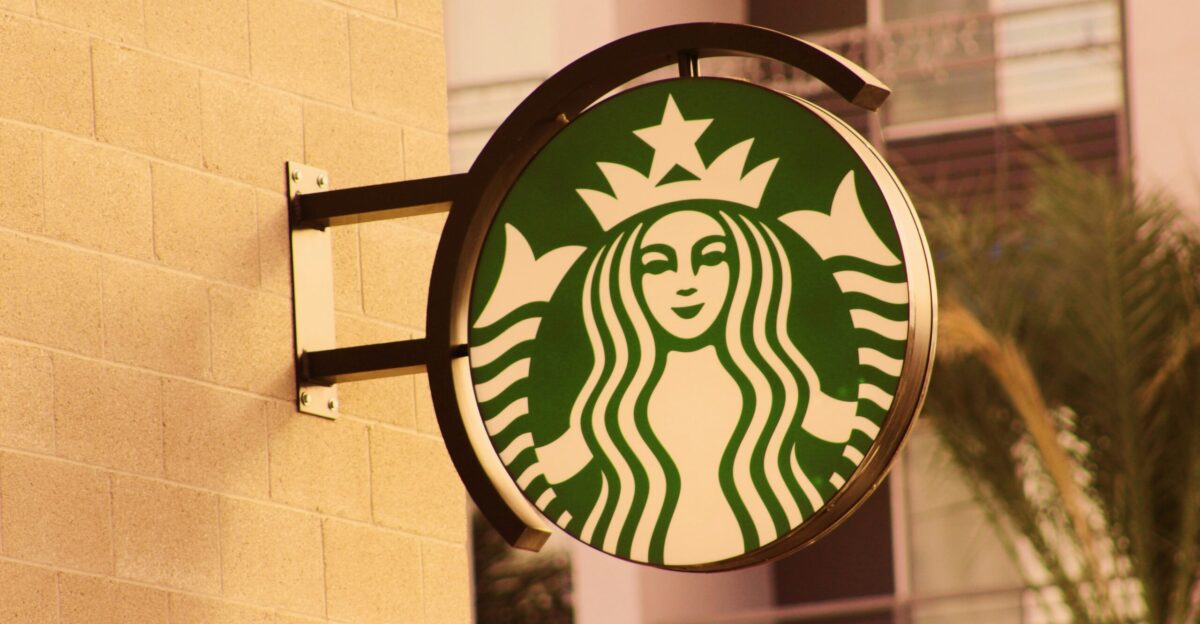
Founded in Seattle in 1971, Starbucks shaped the modern U.S. café experience, now operating over 16,000 U.S. stores and maintaining about a 31% market share.
“It’s not just a coffee shop, it’s a daily ritual for millions,” says business historian Mark Pendergrast. Company filings affirm Starbucks’ enduring dominance in American retail coffee culture.
Pressure Intensifies
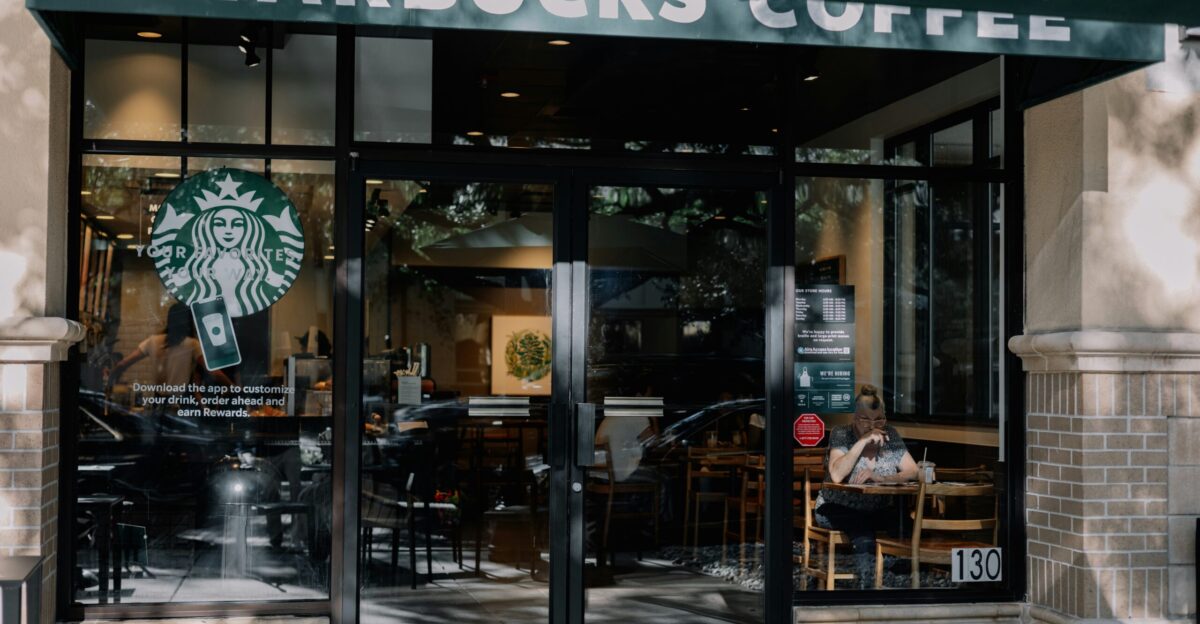
Rising labor costs, volatile bean prices, and changing consumer trends have prompted Starbucks to refine its digital offerings and run periodic price promotions.
“Pressure is mounting as younger consumers seek both convenience and value,” reports Bloomberg. This dynamic has set the stage for new competitors like Luckin to gain ground through technology and affordability.
The Next Big Thing?
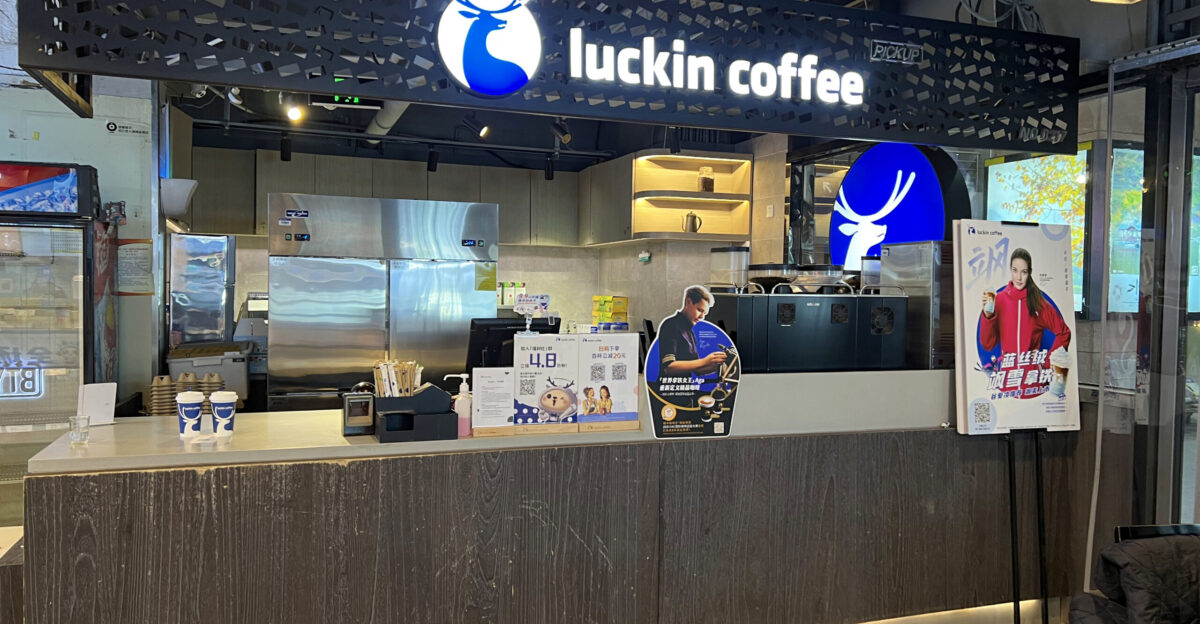
Luckin Coffee officially launched its first U.S. locations in New York City in June 2025, quickly expanding to four shops by August.
According to CNN, this marks the company’s first direct foray into the world’s largest coffee market. Spokesperson Li Jing commented, “This is just the beginning.” Industry insiders closely track this pivotal step.
Local Response
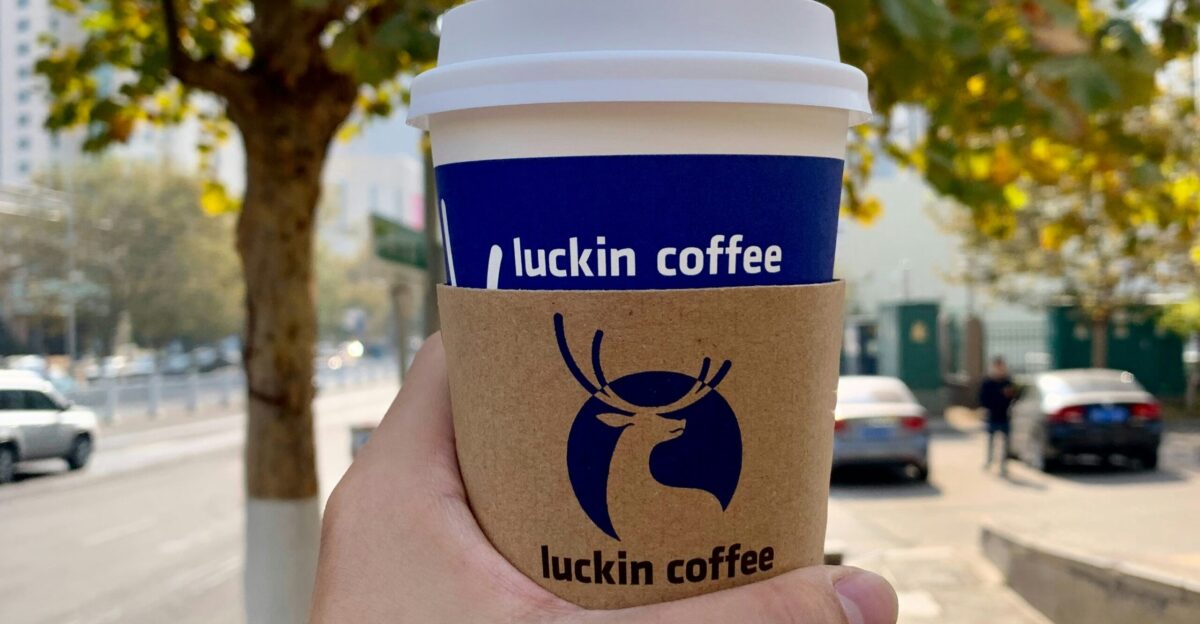
New York residents flocked to Luckin’s opening with enthusiasm, eager to sample discounted products and app-based offerings.
“We are excited to see more choices and better prices,” said first-day customer Maria Rodriguez. The New York Times highlighted heavy foot traffic at the debut, describing it as a “soft but strategic rollout.”
On the Ground
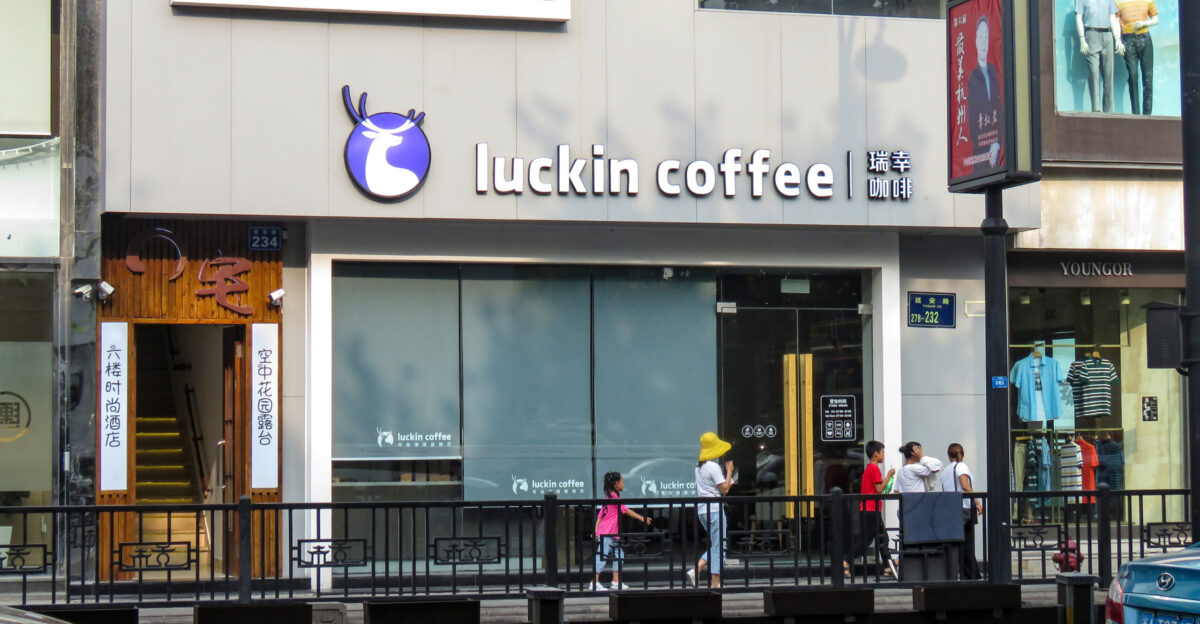
Starbucks barista James Conway shares concerns: “Competition means we need to work harder to keep customers.”
Luckin’s store manager, Lin Wei, praises the brand’s high-tech focus: “Our app-only model appeals to a new generation.” Changing customer habits have workers and store managers adjusting to an evolving retail landscape.
Competitive Shifts
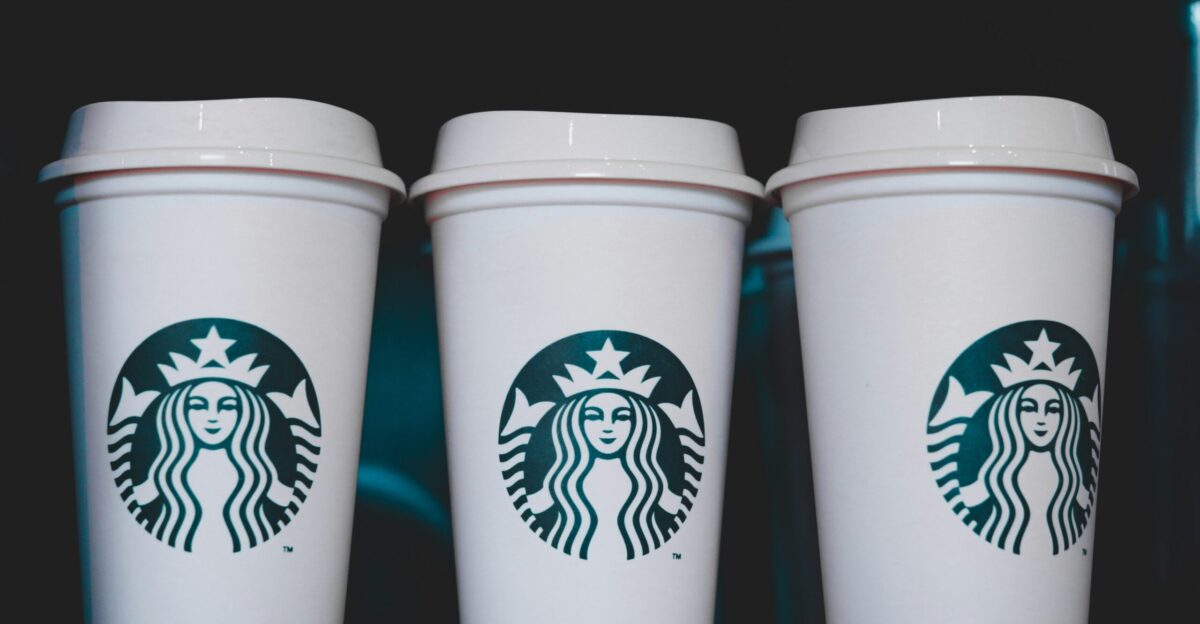
Chains like Dunkin and Dutch Bros are innovating to answer Luckin’s and Starbucks’ initiatives, updating their menus and boosting digital engagement.
“Everyone is racing to lower wait times and tap into mobile orders,” reports Business Insider. Luckin’s tech-driven value proposition is forcing broader industry adaptation.
Industry Evolution
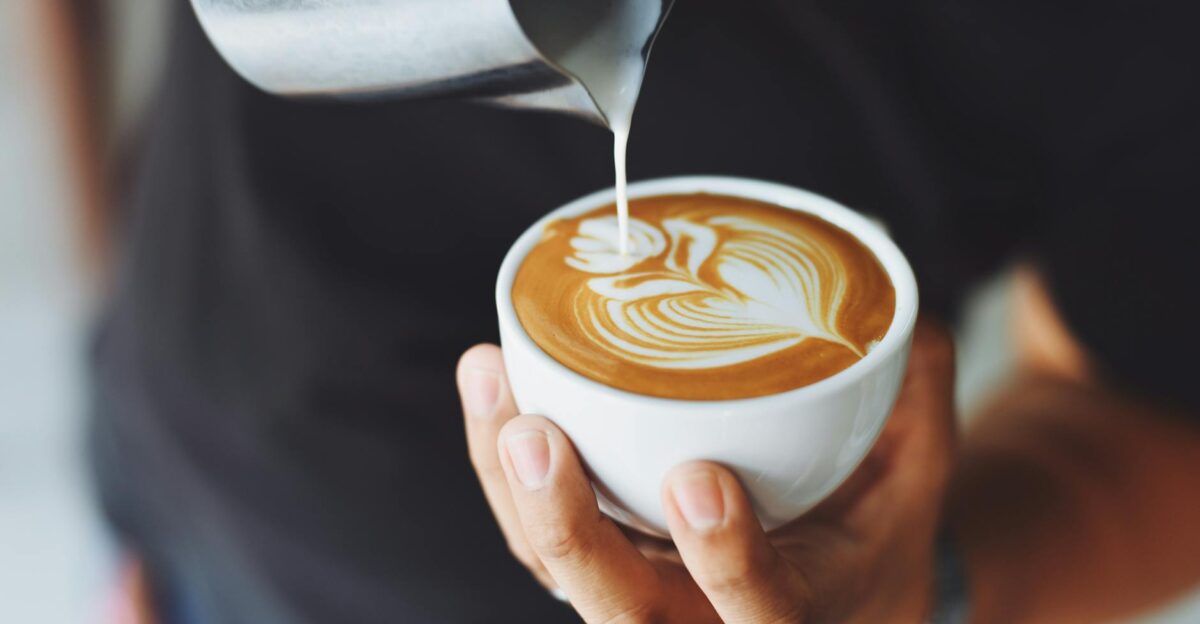
The U.S. coffee sector is evolving, with annual growth exceeding 5%. Sustainable beans, ready-to-drink cold brews, and health-oriented blends are soaring in popularity.
As explained by analyst Sophia Chan, “Brands must constantly innovate or risk losing relevance.” This rapid evolution is changing the value equation.
Attractive Prices
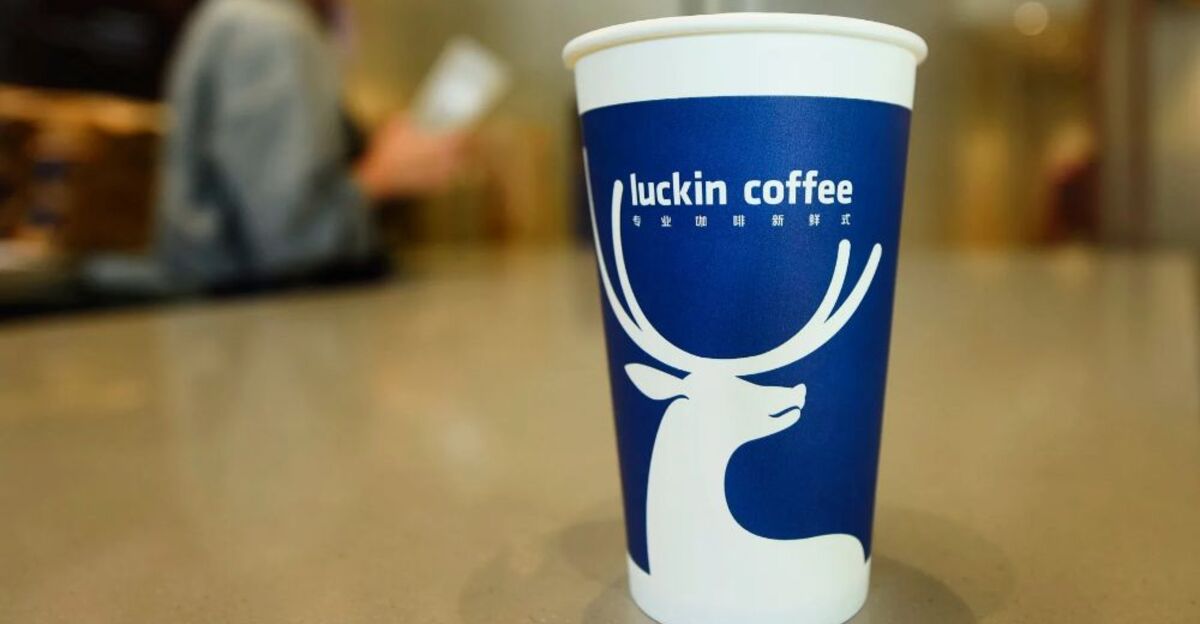
July’s new tariffs on imported Brazilian beans caused a spike in raw material costs. “Luckin’s 30% cheaper menu looks attractive as U.S. coffee prices rise,” says financial analyst Jeffrey Wu. American customers increasingly turn to lower-cost options, driving the competition’s urgency.
Store-Level Tension
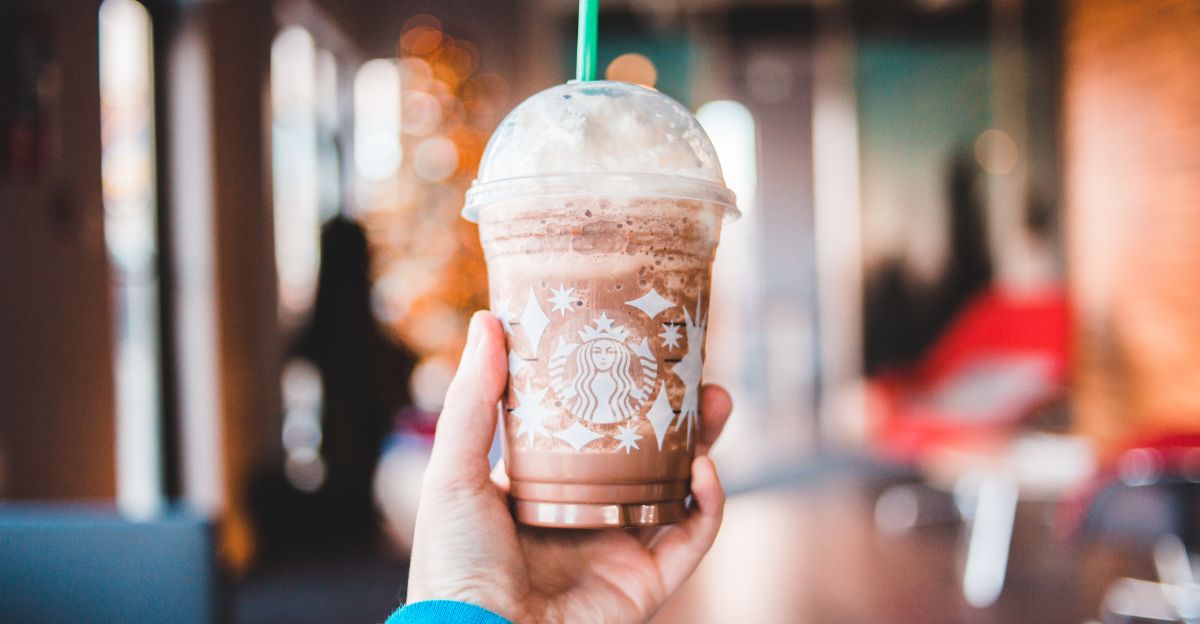
Starbucks franchise operators report increased pressure to innovate, with some shifting to smaller stores and more pickup windows.
Franchisee spokesperson Leah Miller says, “It’s adapt or fall behind—Luckin’s model is efficient.” Many employees are undergoing refreshed digital and customer service training to keep pace.
Strategic Maneuvers
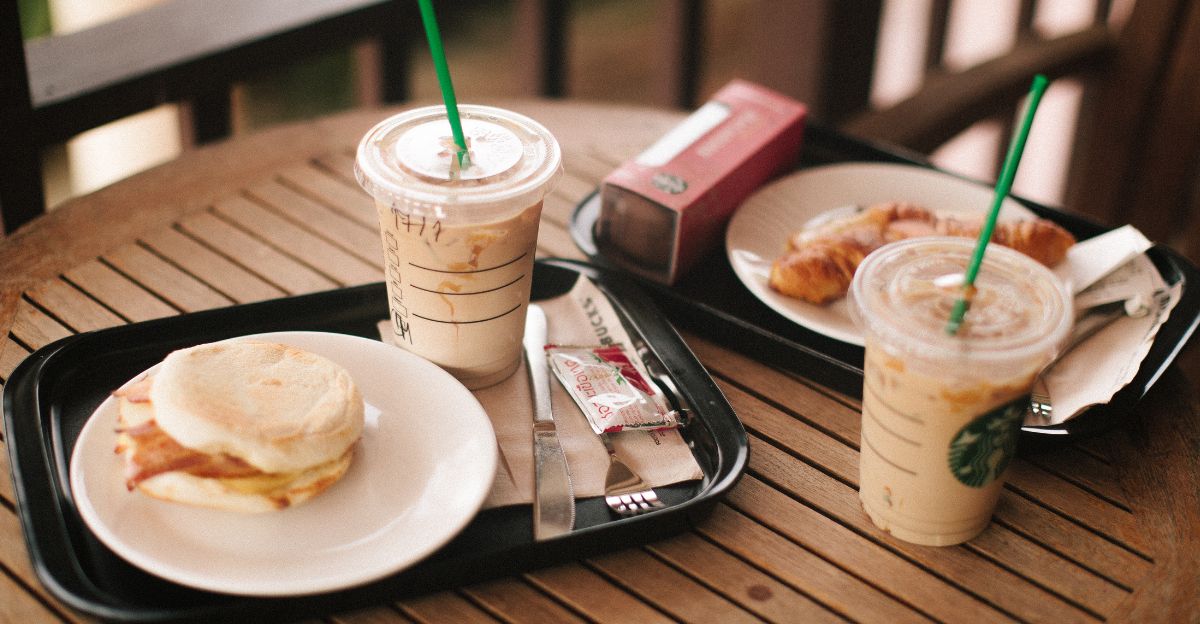
Starbucks’ board appointed technology veteran Angela Wu and global strategy expert Carlos Ramirez as new directors.
“Bringing broader international experience is essential as competition grows,” said chairwoman Mellody Hobson. Luckin continues to emphasize nimble expansion with app-first operations and low startup costs.
Comeback Blueprint
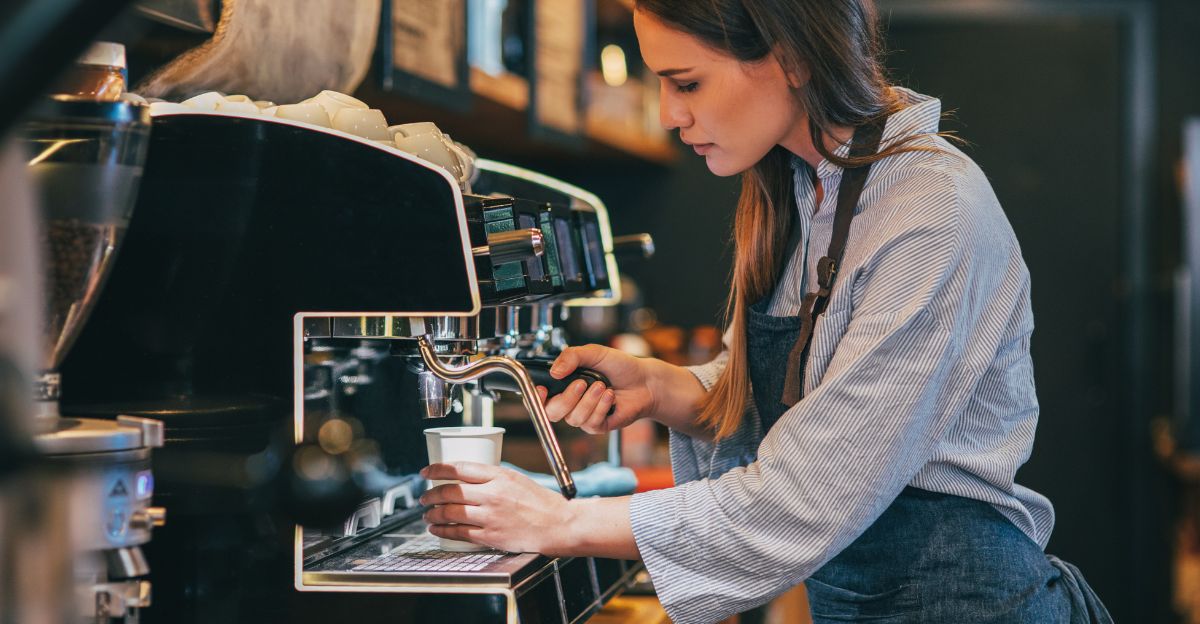
Starbucks is investing in streamlined digital ordering, expanding cold beverage lines, and personalized loyalty programs.
CEO Laxman Narasimhan states, “We are reimagining the Starbucks experience for America’s future.” Luckin’s rapid expansion puts pressure on Starbucks to accelerate these changes. It’s an innovation arms race.
Analyst Outlook
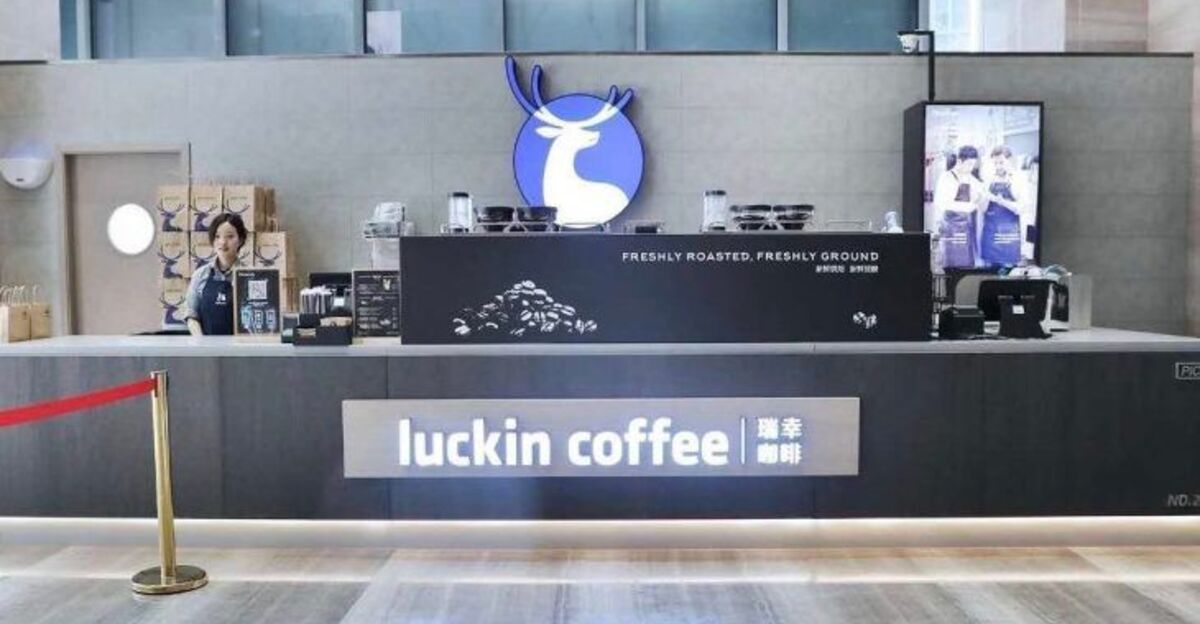
“Luckin is nimble but will need to prove its model can scale sustainably in the U.S.,” says Bloomberg Markets’ Julia Li.
Meanwhile, industry experts like Michael Bell believe customer loyalty will be Starbucks’ greatest defense: “The challenge isn’t just price—it’s trust, consistency, and brand.”
What’s Next?
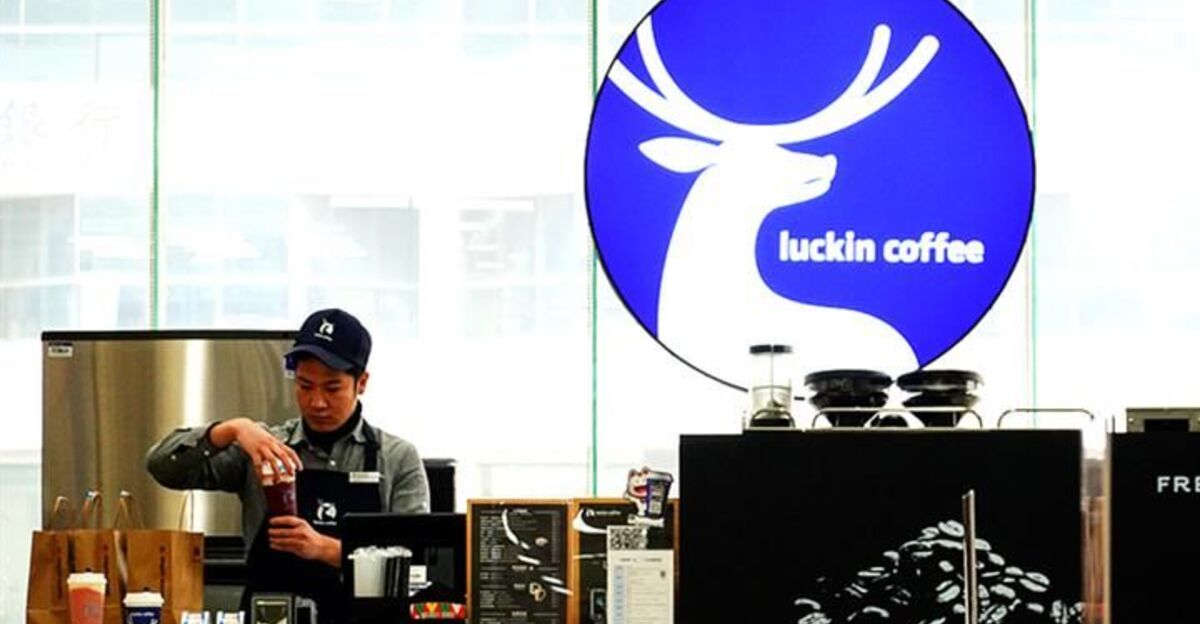
Insiders expect Luckin to target California, Texas, and Florida after its New York launch, focusing on high-traffic urban areas.
“Each region will require a tailored approach,” predicts AsiaMarket’s senior editor Ming Zheng. Ongoing regulatory compliance and marketing will be vital for scaling up.
Policy Factors
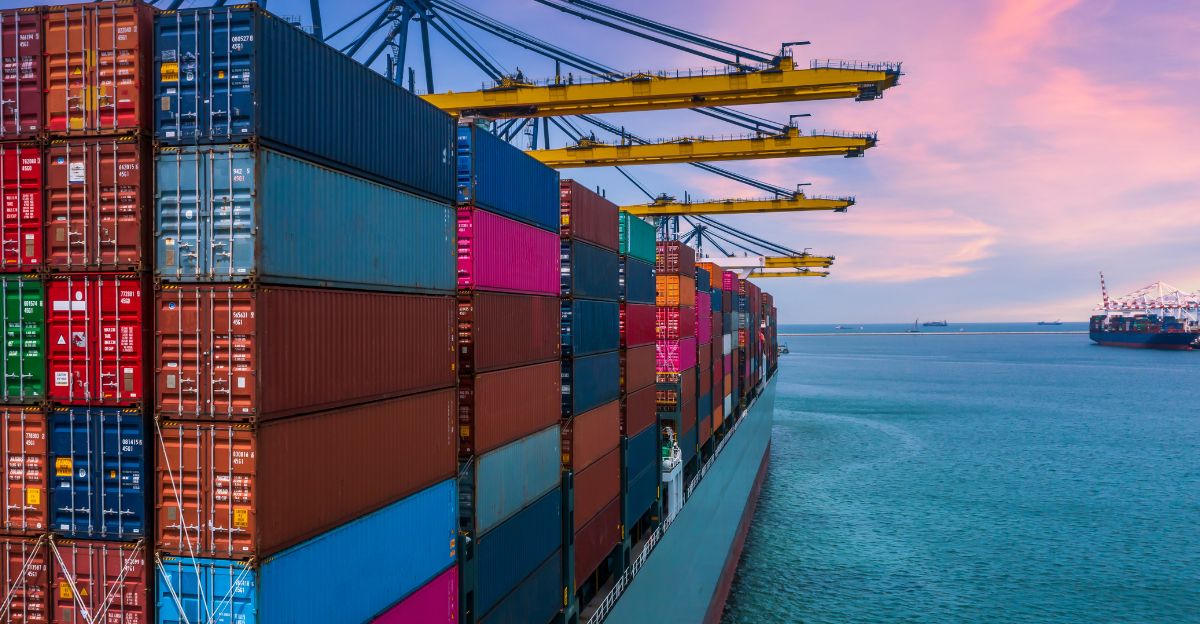
Tougher U.S. import restrictions and food safety regulations make scaling in the American market a complex task for newcomers.
“Regulatory hurdles can derail expansion plans,” says legal analyst Abby Cohen. Starbucks’ established compliance is a competitive advantage Luckin will have to work hard to match.
Global Market
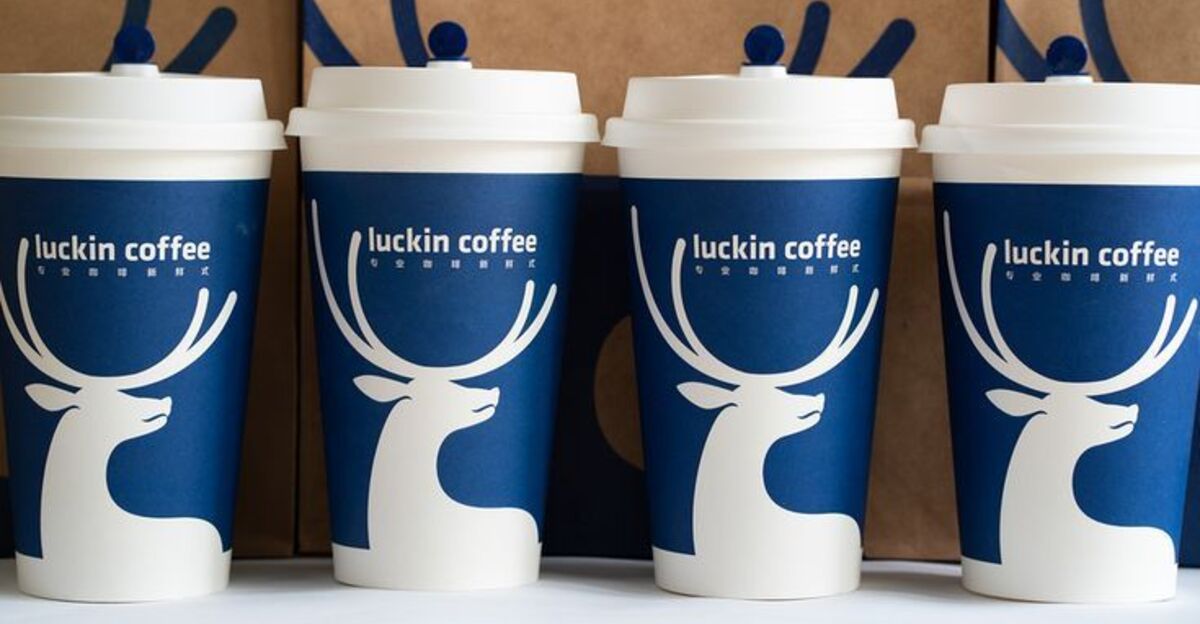
Luckin’s Southeast Asian expansion mirrors its U.S. strategy, adapting store formats for local consumer habits. Luckin co-founder Yang Fei states, “Our playbook is flexible—value and speed work worldwide.” Major urban markets outside China are watching the U.S. rollout with keen interest.
Legal Hurdles
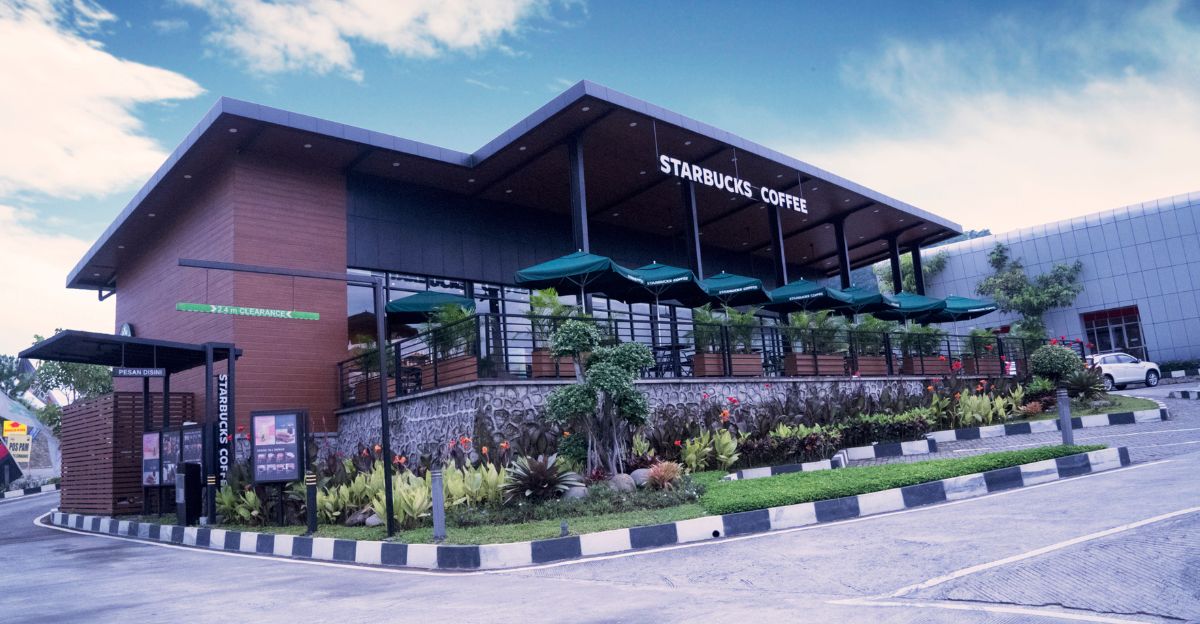
International chains must adapt to U.S. franchising, labor laws, and food standards, with local lawsuits possible for missteps.
“Luckin’s recent compliance investments show it’s serious about long-term growth,” reports CNBC. Starbucks’ decades of experience give it a legal edge in new city expansions.
Cultural Shifts
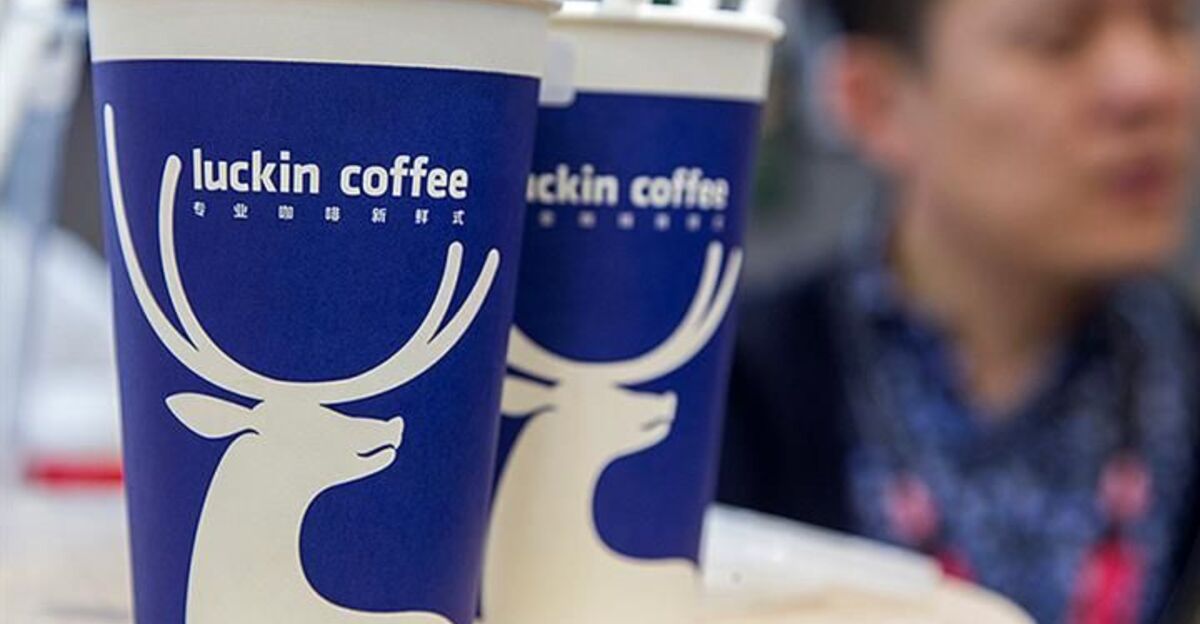
Luckin’s cashierless, fast-service model appeals to Millennials and Gen Z. “Mobile-first ordering is no longer a novelty,” says culture critic Bryan Walsh.
Starbucks retrofits stores to boost digital convenience, as changing values and habits drive the next generation of coffee culture.
The New Era
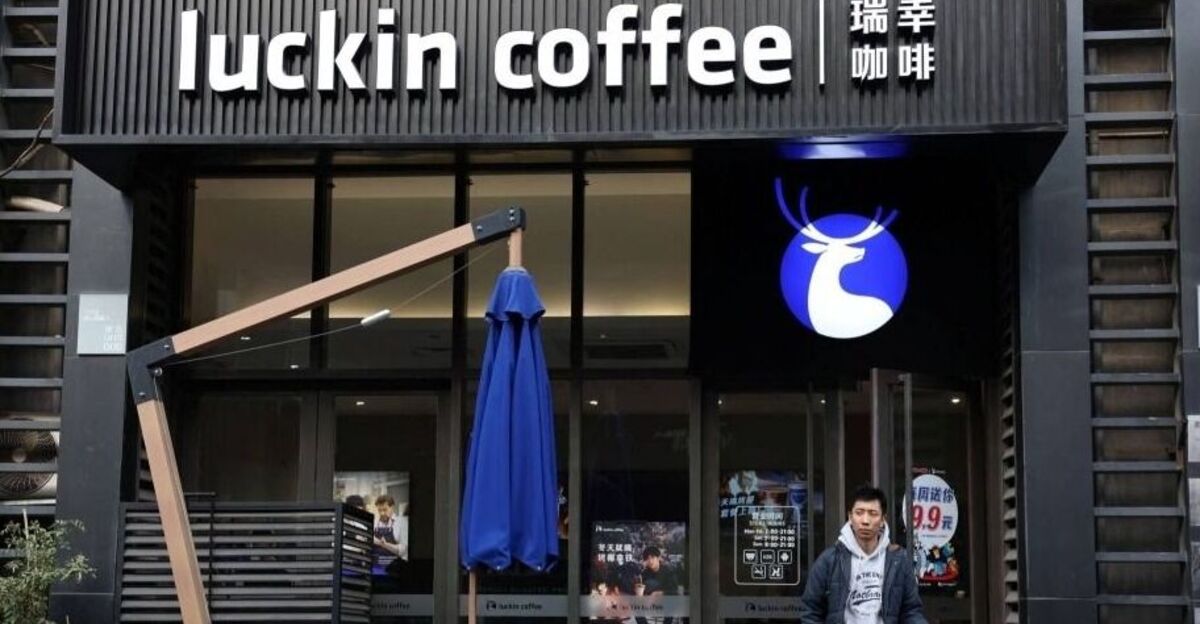
The Starbucks-Luckin competition signals a broader realignment of consumer expectations and global business models in the U.S. coffee industry.
“We’re witnessing the beginning of a global coffee era, where innovation and adaptability trump legacy,” says analyst Kelly Chen. Where this rivalry leads could reshape daily life in American cities.